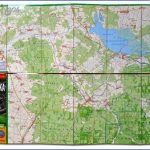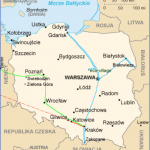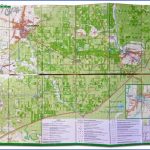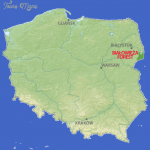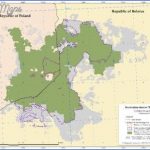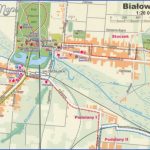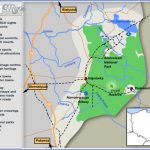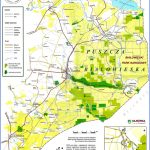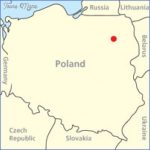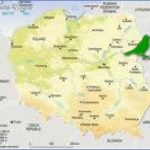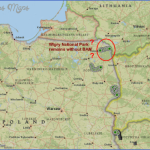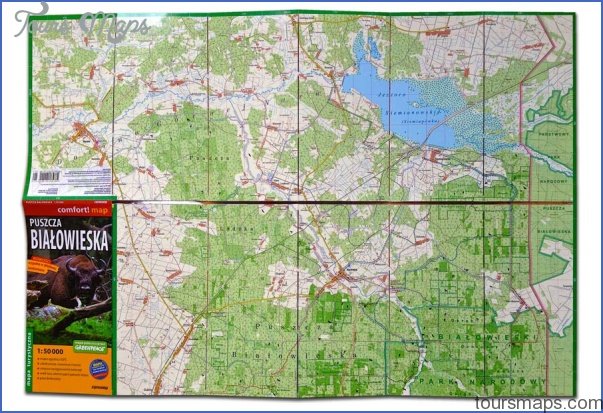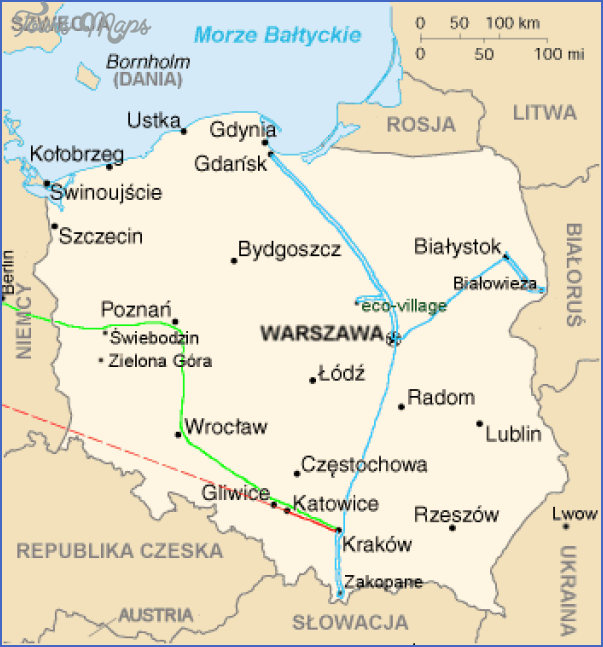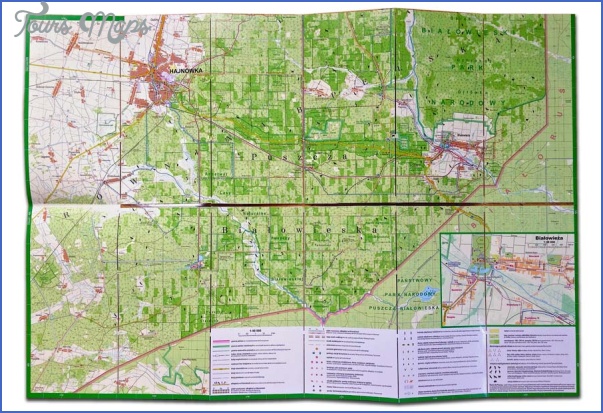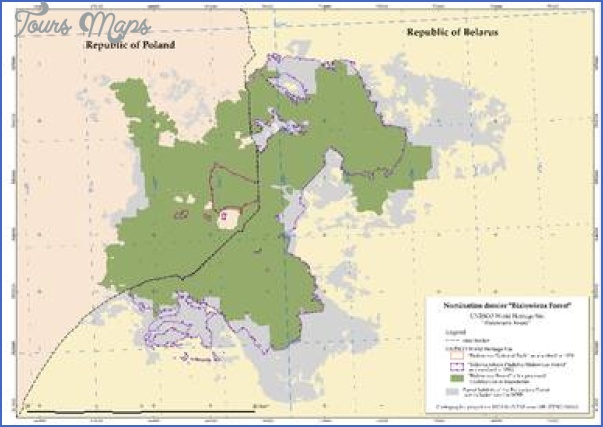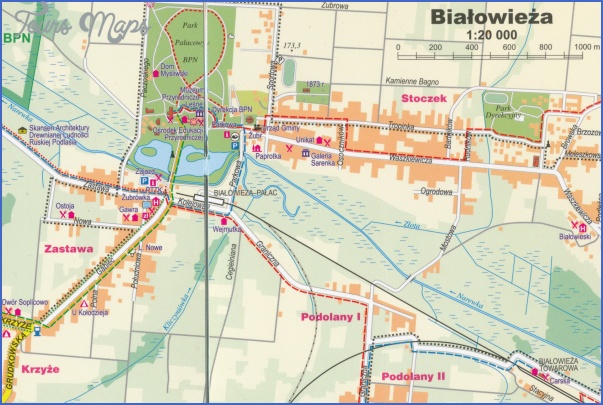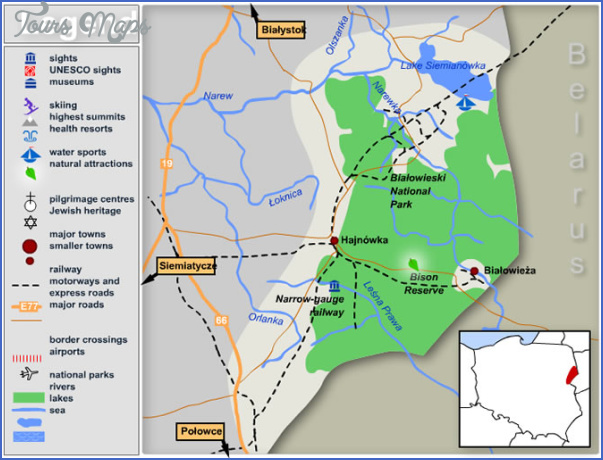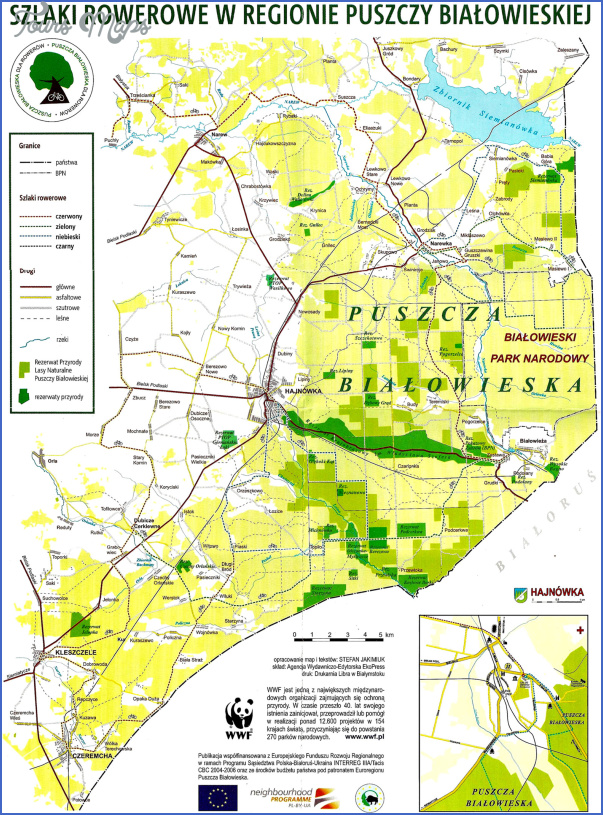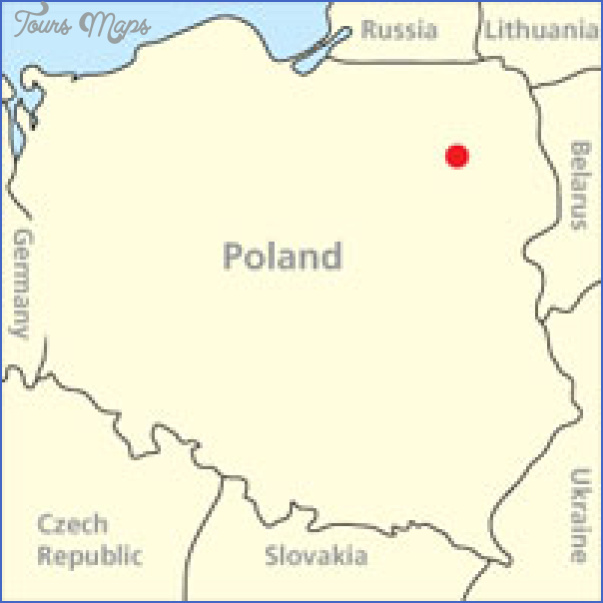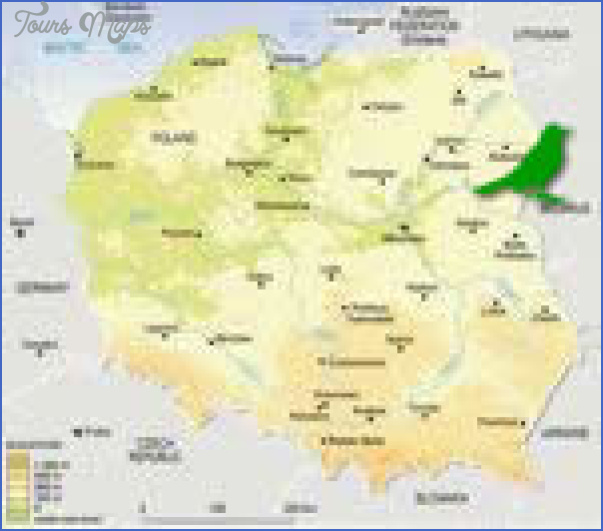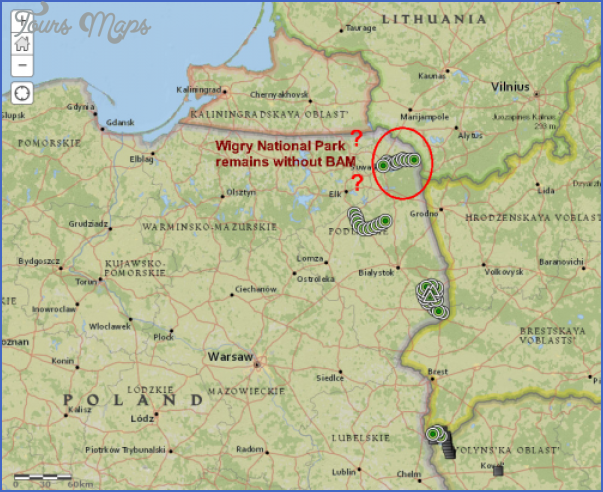Bialowieza is the largest remaining primeval forest in Europe, well over 600 km2 of it in Poland and much the same on the Belarus side of the border. We were staying in the pretty Polish village of the same name located in a large clearing well inside the forest. With around 500 European Bison roaming the Polish side of this forest, animals weighing up to a tonne and the size of large cattle, it’s all too easy to assume that they can’t be difficult to locate. But optimism can wear thin.
Driving out of the village along rough tracks in Michal’s Jeep, we soon realised that the extensive bison-height band of post-dawn mist was not going to make our search any easier. Suddenly, an animal scuttled across the track in front of us, diving hurriedly into tree cover. It was a Wild Boar, caught out before it retired for the day in some quiet woodland cover to sleep with the peace only pigs can.
Bialowieza Map Photo Gallery
We drove on, scanning left and right. A few deer, out in clearings for some undisturbed night-time grazing, veered out of the way much like the boar. But no bison. A few hundred bison secreted away somewhere in this massive forest suddenly seemed rather like the veritable needle in a haystack. After two hours of searching, peering across little meadows through the low band of mist and driving along narrow forest tracks squeezed between dense-growing oaks, hornbeams and spruce, we had almost given up hope.
‘I think the mist this morning is causing us difficulties to see any. But this is nature; sometimes we see several, other times none,’ says Michal rather philosophically. Our early morning search – a good time to spot bison because they usually come out of the forest by night to graze pastures in clearings and don’t return till after dawn – was not proving very fruitful at all. Then, very suddenly, our luck changed. And rather dramatically too. Bumping slowly along yet another spruce and oak-shaded track, we suddenly lurched to a standstill. It’s Michal who spots it first and can’t hide his pleasure.
‘There. Look, just there, a three- or four-year-old bull bison!’ he splutters. And what a magnificent sight it was, Europe’s largest land animal 30 m away, his massive, horned head turned towards us. Watching us watching him. Moist clouds of air being expelled from his nostrils in the damp morning mists. And he doesn’t move for what seems like a couple of minutes, giving us a superb, close-up view. Then slowly, very slowly, he walks away, nonchalantly looking back to check us out as we creep a little further along the track to try not to lose sight of him. For such a huge animal he makes little noise as he picks his way over the bronzed carpet of twigs and leaves on the forest floor.
Then, a strange thing happened. Almost as suddenly as this huge animal appeared, he disappeared from view not even 50 metres away. Camouflaged by the scatter of forest trees and the shadows they cast in the early morning sunlight, he had faded from sight, his dark, chocolate brown body hidden by the shrubby infant trees that will someday become this forest’s giants. He had faded away like the stars in the morning light. For a few seconds it felt as if what we had seen was an apparition.
So, in spite of the post-dawn mist, our early start had been well rewarded, eventually, by a wonderful view of a magnificent animal. It was by far the closest encounter with a wild bison we were to get.
Maybe You Like Them Too
- DUBAI UNITED ARAB EMIRATES
- Anniston Map
- Wildlife Travel Guide
- Wildlife Travel To Alonissos
- National Wildlife Travel

